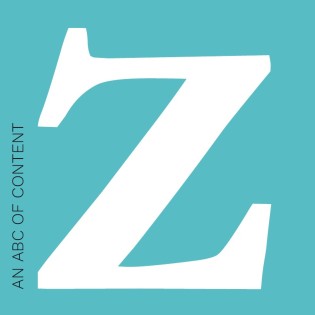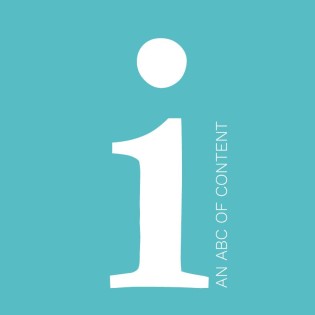P is for pace

It's a marathon and a sprint!
Pace matters. Most good content moves along at neither breakneck sprint nor plodding dawdle. And varying pace – choosing the right spots to do so – is important for keeping the reader engaged.
It also allows you to control the impact of important points. You don’t want your reader to zip through without noticing what you intended to say. They shouldn’t finish reading feeling dissatisfied, with writing so sparse and speedy it feels insubstantial.
But neither should your reader find it’s taking so long to get to the point they are tempted to go and make a cup of tea instead.
Varying pace can help build a relationship. Your opening sentence should be short and zippy. It needs to grab the attention. Avoid preamble. But a little judicious meandering later on – perhaps a relatable, engaging anecdote – lends a friendly, conversational feel. It’s a good way to introduce some personal or brand character.
That is not the same as waffling though. (See W for waffle – or rather how to avoid it.) All your writing should be relevant. An anecdote must explain your message. Lobbing a few more adjectives or longer words in is not the answer.
Extra statistics or details, on the other hand, can help set up your argument and slow the reader before they hit the key points.
When editing your work, consider the pace. If it feels a bit stodgy, try stripping out some detail, any points which don’t need to be made and long clauses. Shorter sentences will give the writing more zip.
Punctuation and subheadings are also helpful for maintaining energy, content indicating where readers should pause and creating space around key points.
Content writers need to tweak the traditional saying. This is a marathon AND a sprint.





